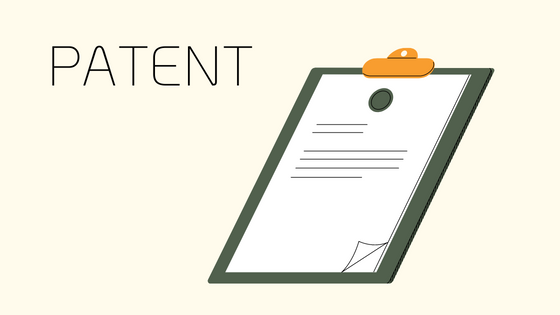How To Turn Your Idea Into a Patent
If you’ve come up with a new invention idea, congratulations. The next step is to protect your idea by filing a patent.
What Is A Patent?
A patent is a legal document that grants the inventor exclusive rights to make, use, and sell their invention for a certain period of time. You can apply for a patent at any time after your invention is complete, but it’s best to file as soon as possible. By doing so, you will be able to stop others from making and selling your idea without permission.
Here are the steps to turn your new invention idea into a patent:
Conduct A Patent Search
Before you file a patent, you need to make sure that your invention is unique and does not already exist. A patent search can help you determine if your idea is novel and non-obvious. You can perform your own search using the United States Patent and Trademark Office (USPTO) website or hire a patent attorney or an agency, such as InventHelp, to do it for you.
Hire A Patent Attorney Or Agency
A patent attorney or agency, like InventHelp, can help you navigate the complex patent process, conduct a patent search, and draft your patent application. They will also help you determine what type of patent you need, such as a design patent or utility patent.

Draft Your Patent Application
InventHelp will help you draft your patent application, which includes a detailed description of your invention, any drawings or illustrations, and claims that define the scope of your invention.
File Your Patent Application
Once your patent application is complete, you can file it with the USPTO. The application process can take several years and may require additional documentation or amendments.
Wait For A Response From The USPTO
After you file your patent application, the USPTO will review it to determine if your invention is patentable. They may issue an office action, which is a notification of any issues or objections with your application.
Receive Your Patent
If your application is approved, you will receive your patent, which grants you exclusive rights to make, use, and sell your invention for a certain period of time (usually 20 years from the date of filing).
In Conclusion
In conclusion, turning your inventions ideas into a patent can be a lengthy and complex process, but it is essential to protect your intellectual property. By conducting a patent search, hiring a patent attorney, drafting your application, filing with the USPTO, and waiting for a response, you can secure your invention and potentially profit from it in the future.










